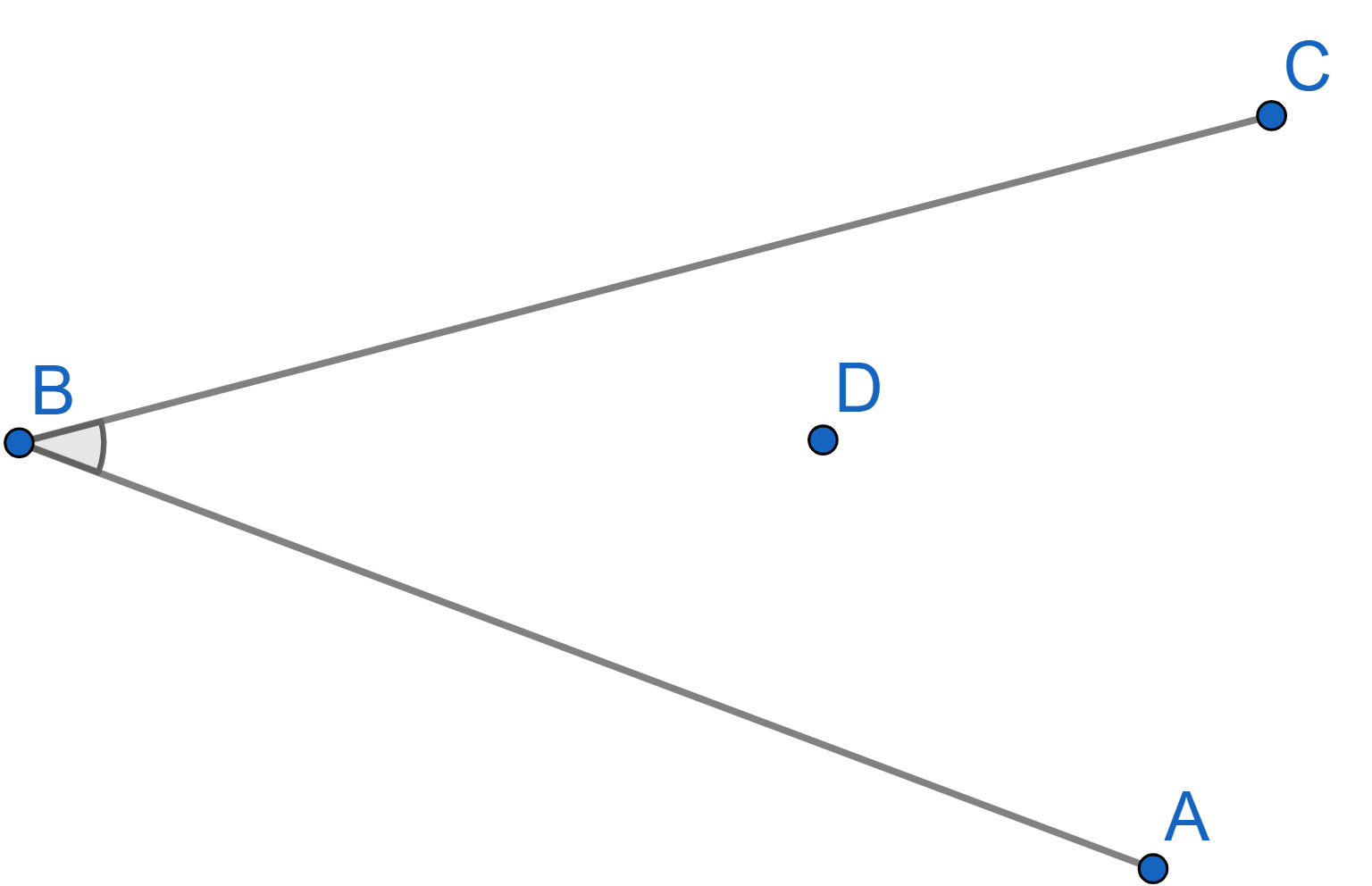Problems
Are there such integer numbers \(a,b,c,d,e,f\) that the numbers \[a-b,\ b-c,\ c-d,\ d-e,\ e-f,\ f-a\] are consecutive integers? (Note: they obviously can be negative.)
There are numbers \(1,2,3,4,5,6,7,8,9\) and \(10\) written on a board. Each time you make a “move” you can erase three of the remaining numbers, \(a,b\) and \(c\), and replace them with the numbers \(2a+b\), \(2b+c\) and \(2c+b\). The goal is to make all the \(10\) numbers left on the board equal. Is it possible?
On a certain island there are 17 grey, 15 brown and 13 crimson chameleons. If two chameleons of different colours meet, both of them change to the third colour. No other colour changes are allowed. Is it possible that after a few such colour transitions all the chameleons have the same colour?
Sixteen lightbulbs are arranged in a \(4 \times 4\) grid. Some are on, some are off. You are allowed to change the state of all the bulbs in a column, in a row, or along any diagonal (note: there are 14 diagonals in total!). Is it possible to go from the arrangement in the left to the one on the right by repeating this operation?
There are numbers from \(1\) to \(2018\) written on a board. In one go, we can erase two numbers and replace them with an absolute value of their difference. Can we achieve a sequence consisting only of several numbers \(0\) after some number of moves?
One side of a triangle has length \(1\), the second has length \(4\) and the third one has integer length. What is the side length of the third side?
The distance between London and Warsaw equals \(1450\) km, between Warsaw and Kyiv is \(680\) km. The distance from London to New Delhi, is \(6700\) km and the distance from Kyiv to New Delhi is \(4570\) km. What is the distance from London to Kyiv?
Show that if all sides of a triangle have integer lengths and one of them is equal to \(1\), then the other two have lengths equal to each other.
A billiard ball lies on a table in the shape of an acute angle. How
should you hit the ball so that it returns to its starting location
after hitting each of the two banks once? Is it always possible to do
so?
(When the ball hits the bank, it bounces. The way it bounces is
determined by the shortest path rule – if it begins at some point \(D\) and ends at some point \(D'\) after bouncing, the path it takes
is the shortest possible path that includes the bounce.)

Can you cover a \(10 \times 10\) board using only \(T\)-shaped tetraminoes?